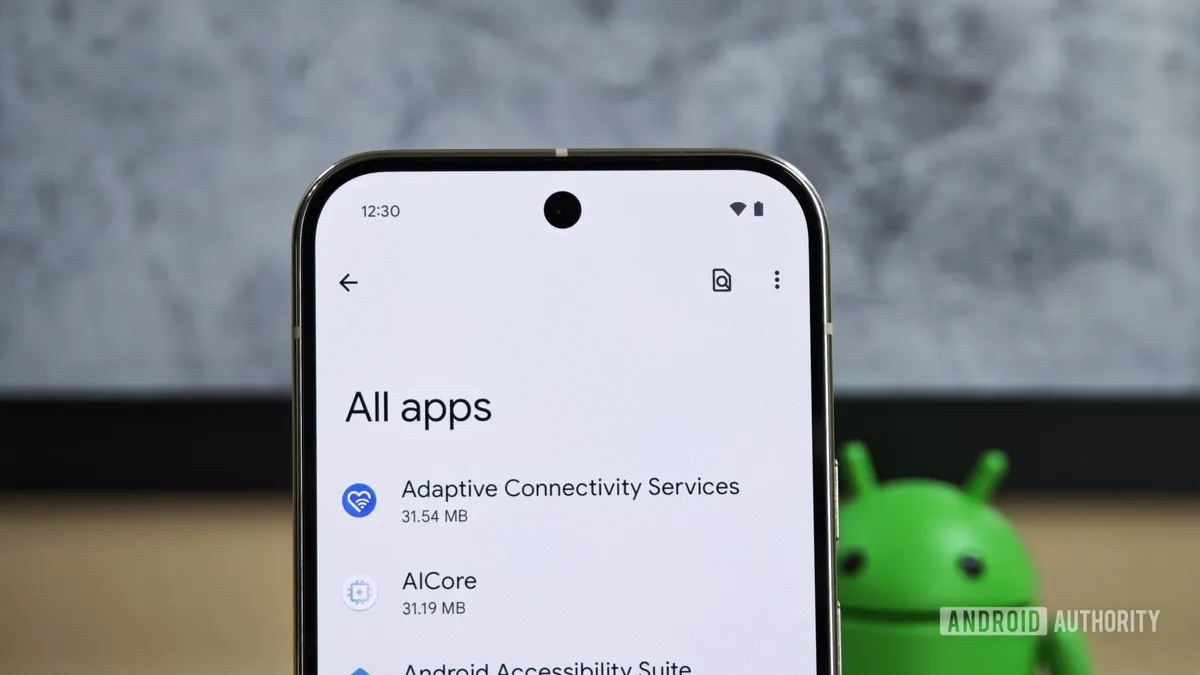
Android 16 has rolled out a significant update with the introduction of a new API called SettingsPreferenceService. This innovative feature allows applications to contribute their preferences directly to the Android Settings app, enhancing user experience by streamlining how app settings are managed alongside device settings.
The SettingsPreferenceService API empowers developers by enabling them to declare which of their app preferences can be read or modified through the Android Settings interface. Traditionally, the Android Settings app serves primarily as a dashboard for device settings, and users often find themselves navigating separate app interfaces to adjust individual app settings. With this new API, if adequately adopted, users could potentially manage all settings in one centralized location.
Developers have the ability to mark preferences in various ways through the SettingsPreferenceService. They can designate certain preferences as DEEPLINK_ONLY, meaning that while the preference cannot be altered directly, a direct link will facilitate access to the related settings. Additionally, preferences can be identified as EXPECT_POST_CONFIRMATION, giving users the option to revert any changes made. Other designations include NO_DIRECT_ACCESS for sensitive settings and NO_SENSITIVITY for those that can be changed without explicit user consent.
Before the introduction of SettingsPreferenceService in Android 16, apps had no established method to contribute their settings to the Android Settings app. Some apps, such as Niagara Launcher, have utilized an obscure API to create links to their own settings pages within the Android Settings, but this approach does not permit direct access to app settings.
For this new API to be effective, a significant number of developers would need to integrate it into their applications. However, the adoption rate remains uncertain. Google has yet to publicly discuss the API’s intended scope, and the Android source code suggests it is primarily meant for system apps. This raises questions about whether third-party applications will have the opportunity to utilize this feature to its full potential.
Interestingly, a parallel can be drawn with iOS, where a similar API exists but is underutilized by developers. Research by Android Authority's Rita El Khoury revealed that only a limited number of apps, primarily first-party Apple applications, leverage the iOS settings integration. Most popular apps, such as Gmail, Asana, and Slack, do not contribute their preferences to the iOS settings app. This trend raises concerns about whether Android developers will embrace the new API or mirror the usage patterns seen on iOS.
Despite the uncertainty surrounding developer adoption, Google’s initiative to enhance the Android Settings app with SettingsPreferenceService is noteworthy. A unified settings interface would undoubtedly simplify the user experience, making it easier for users to navigate and adjust settings without having to juggle multiple app interfaces. However, developers may be hesitant to relinquish control over how users interact with their applications, which could hinder the widespread adoption of this feature.
In conclusion, while the SettingsPreferenceService API in Android 16 has the potential to revolutionize how users interact with app settings, its success will largely depend on how many developers choose to embrace this capability. As the Android community watches closely, it remains to be seen whether this feature will transform the Android Settings app into the comprehensive management tool that users desire.
Have insights or tips regarding this topic? Reach out to us! You can email our team at news@androidauthority.com and choose whether to stay anonymous or receive credit for your information.